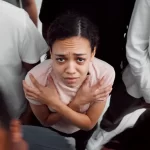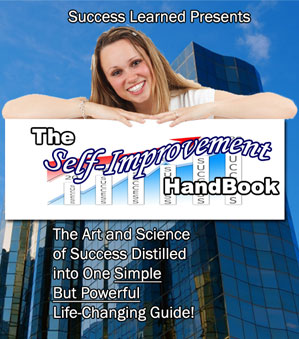Premier League Physiotherapist Neal Reynolds talks about back pain in football (soccer), including causes such as early onset arthritis and stress fractures, as well as treatment and prevention.
The lower back is generally not a significant difficulty spot for football players. Extensive reports on injuries by the American Academy of Pediatrics and others note instead a preponderance of leg injuries and concussions amongst those hurt playing the sport. Playing soccer really has the tendency to strengthen the core and back muscles, inning accordance with a 2009 research study by Danish scientists released in “The Journal of Strength and Conditioning Research.” Still, high-profile gamers, such as Chelsea’s John Terry who suffered a herniated disk, have had to recuperate from back injuries. If you have the bad luck of lower pain in the back after playing soccer, a health-care professional can help you identify the accurate cause and establish a healing strategy.
Herniated Disk
Discomfort in the lower back can be the result of a herniated disk continuing the sciatic nerve, which can likewise cause weakness down the back of the calf. Disk problems consisting of herniation might represent more than 25 percent of lower back injuries in athletes, composes Walter R. Frontera, dean of physical medicine and rehab at the University of Puerto Rico School of Medicine, in the text “Clinical Sports Medicine.” Choices for care consist of physiotherapy and surgical treatment. In Terry’s case, he went through arthroscopic surgical treatment and was running under supervision of his physician the day after surgery. He went back to league action after 8 weeks.
Spondylolysis or Spondylolisthesis
Spondylolysis associates with a fracture of the pars interarticularis, a bony projection found on the back of a spinal vertebra. An associated reason for lower neck and back pain, spondylolisthesis, or the slippage of a disk, generally affects gymnasts, figure skaters and divers. Soccer players also typically carry out the twisting and arching motions that result in spondylolisthesis. Repeatedly flexing and arching the back can create a dull or aching experience in the lower back, with or without butts pain, which shows one of these vertebral disorders.
Sponsored Links
Better Knees in 6 Weeks?
Medical professionals reveal the trick to better knees & joints – Do this day-to-day!
www.vital3.com
Structural Problems
When the origin of the discomfort is unclear in soccer professional athletes, the root may be leg length discrepancy; rotation of the sacroiliac joint, which is found in the hips; or asymmetry of the pelvis. Inning accordance with team doctor Melvin R. Manning of Texas Sports Medicine in a comprehensive evaluation of soccer injuries released in 2006 in the journal “Physical Medicine and Rehabilitation Clinics of North America,” heel lifts can address leg discrepancies. Training modifications may assist female soccer professional athletes in specific who suffer lower pain in the back due to a muscle imbalance or general weak point in the hip extensors.
Treatment
You can rest, take nonsteroidal anti-inflammatory drugs and use heat for moderate cases of lower pain in the back after soccer. Pain related to structural problems may dictate sees to a physiotherapist or group fitness instructor to address appropriate muscle balance on each side of the body, as well as reinforcing and extending the back muscles, Frontera notes.
Download our Free e-book and change your life today.







